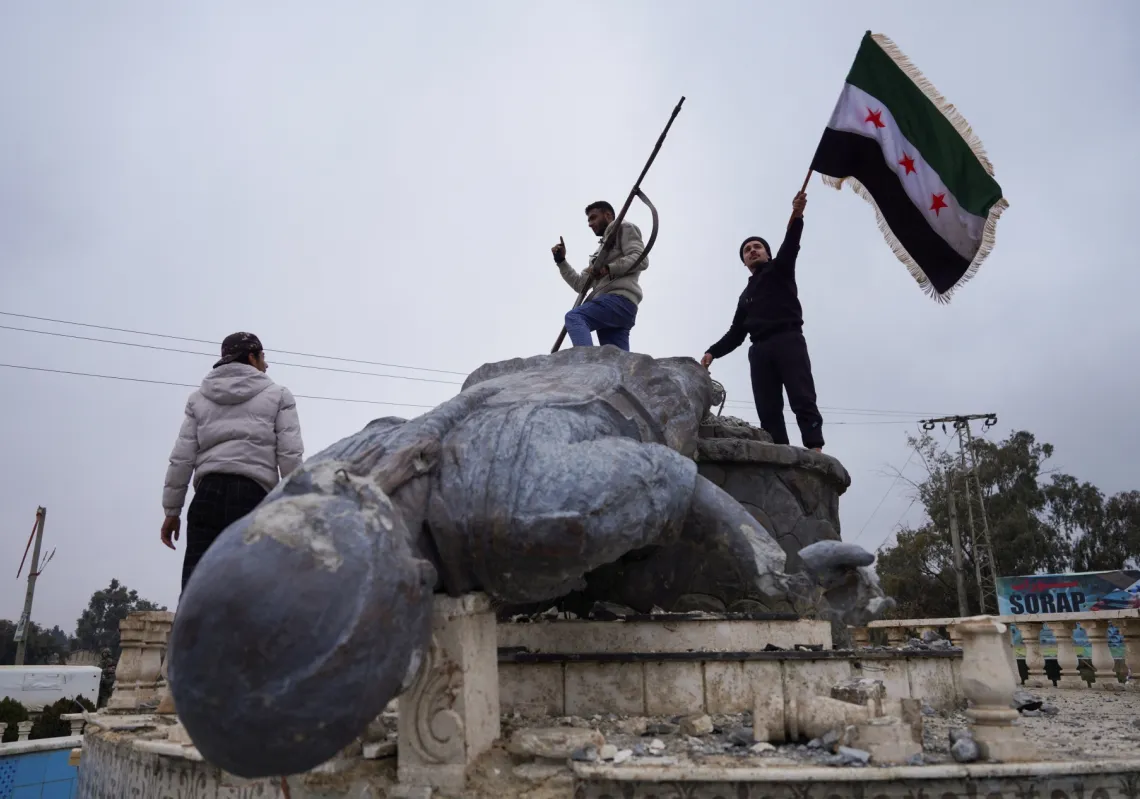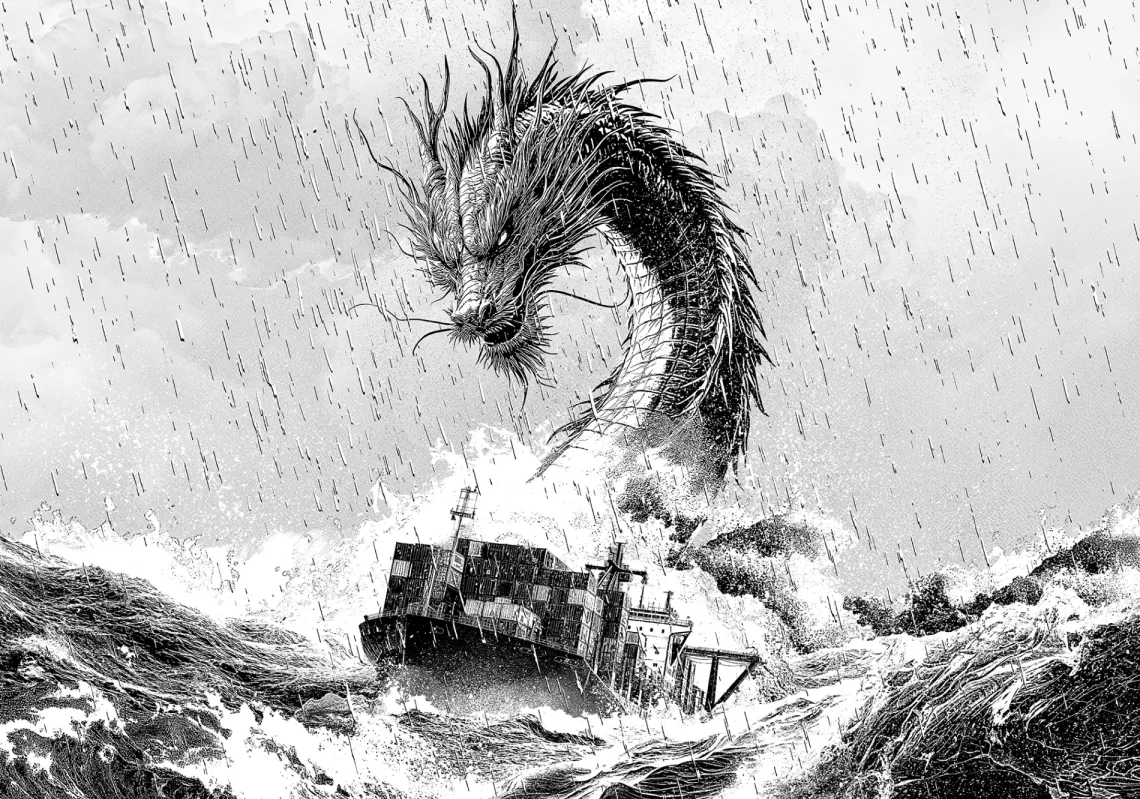War and famine frequently go together. This can be a consequence of violence, such as wars fought across fields of crops. But depriving people of food may also be part of a deliberate military strategy.
The latter is undoubtedly a concern with the nightmarish conflict going on in Gaza. Israel first withheld all aid. Food aid was later allowed back in, but at such a sparse level that the United Nations warns that most of the population faces imminent starvation.
The restriction of food has led to widespread criticism of Israel and allegations it represents part of collective punishment for Palestinians after Hamas's surprise 7 October attack. There is also the possibility Israel is deliberately starving Palesitnians in Gaza as part of a military strategy.
If that is indeed the case, Israel would be but the latest example of a long and controversial history of starvation as a tactic of war.
In pictures: Palestinians desperately hunt down food and water in Gaza as Israel heavily restricts aid delivery
Military strategy
Two major reasons account for the use of starvation by countless militaries. A basic one is to inflict punishment on your antagonist during a conflict.
However, there is also a military strategy as well: forced starvation may weaken the will to continue the fight by depriving not only opposing soldiers of sustenance but also their families and the wider populace.
This could force the enemy to capitulate. In terms of its success, the historical record is mixed, but there is no denying the horrendous impact of deliberate starvation during the conflict on those on the receiving end.
Depriving people of food as a tactic of war dates back more than two millennia. One of the most notorious examples occurred during the Third Punic War between 149 and 146 BC when Rome finally defeated its arch-rival, Carthage, with whom it had been fighting for over 100 years.
A key element of the success was a siege and blockade that led to starvation and tens of thousands of civilian deaths before Rome finally defeated and destroyed Carthage.















